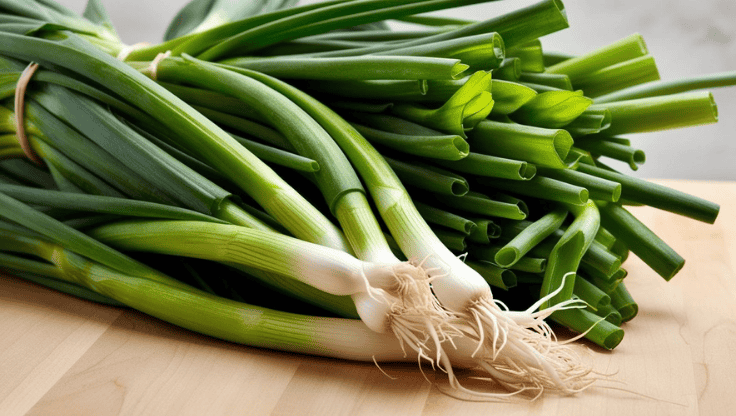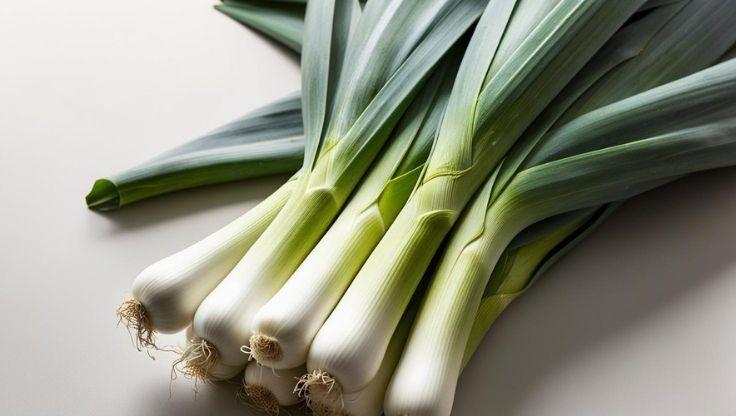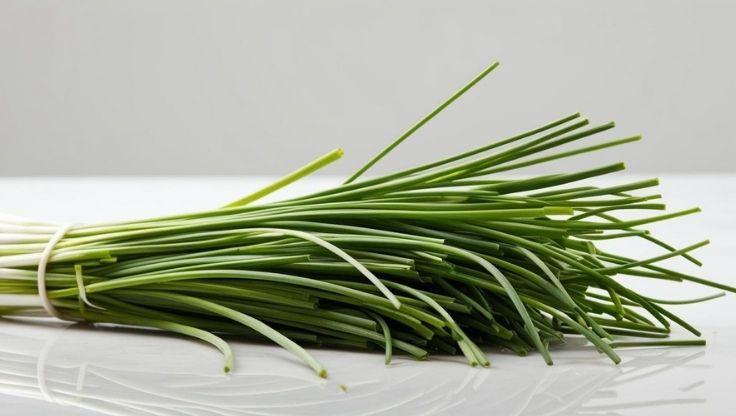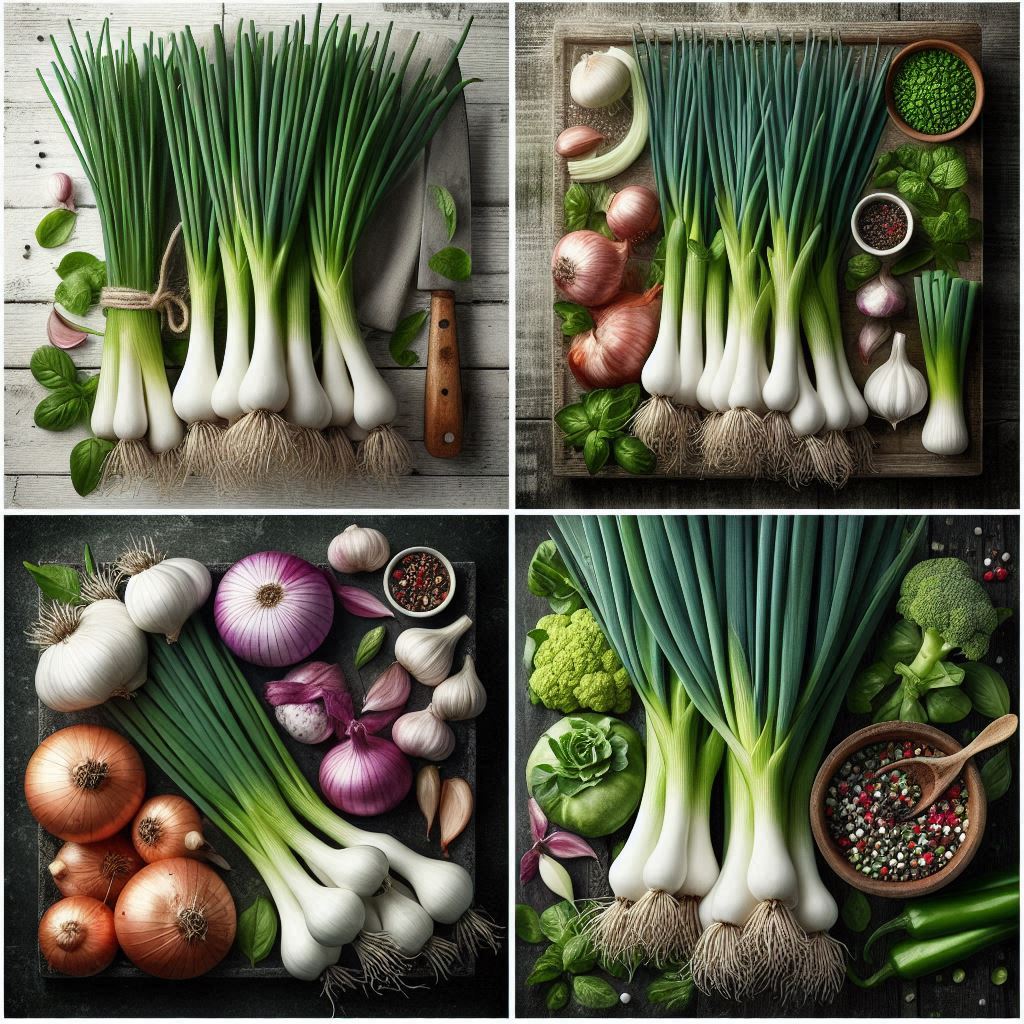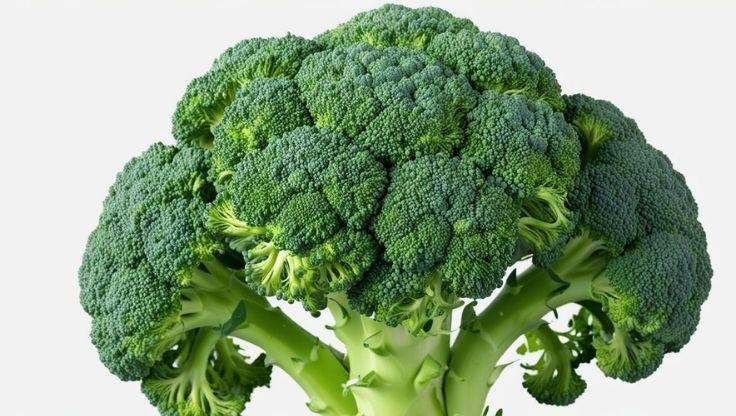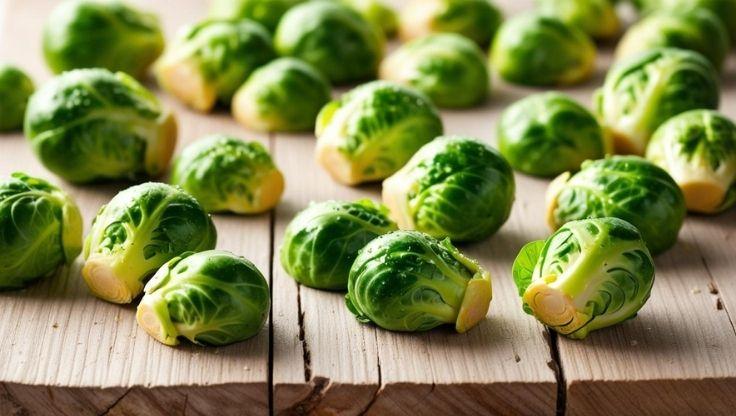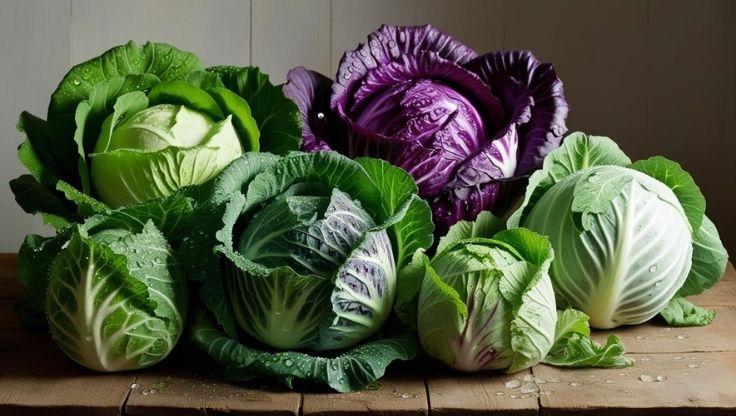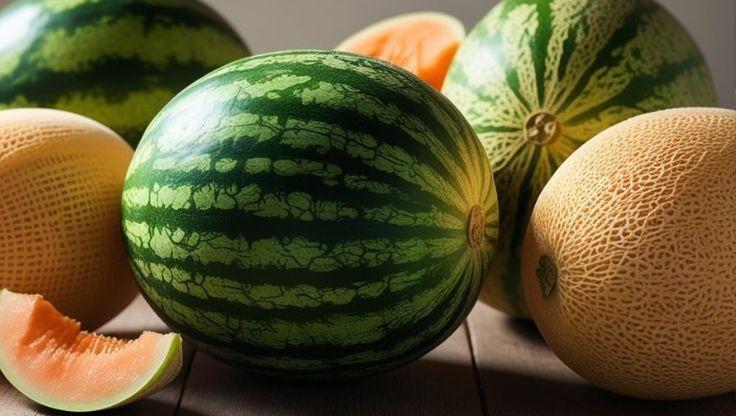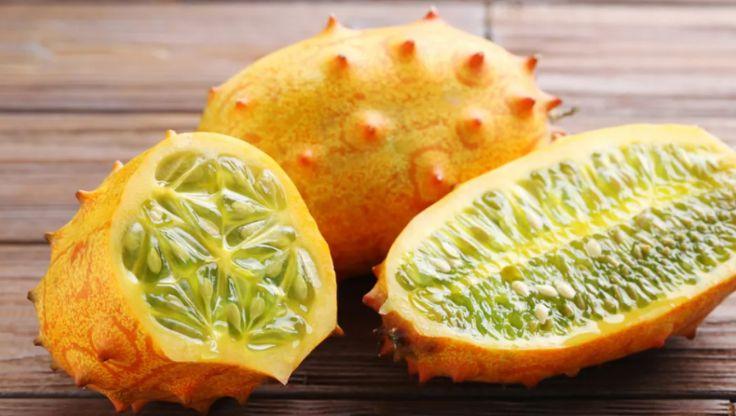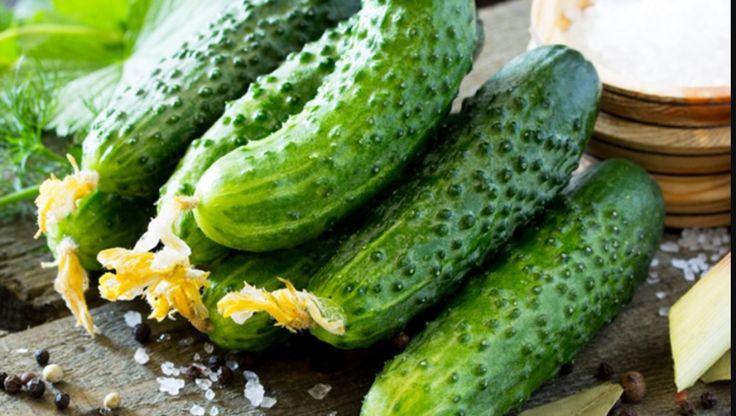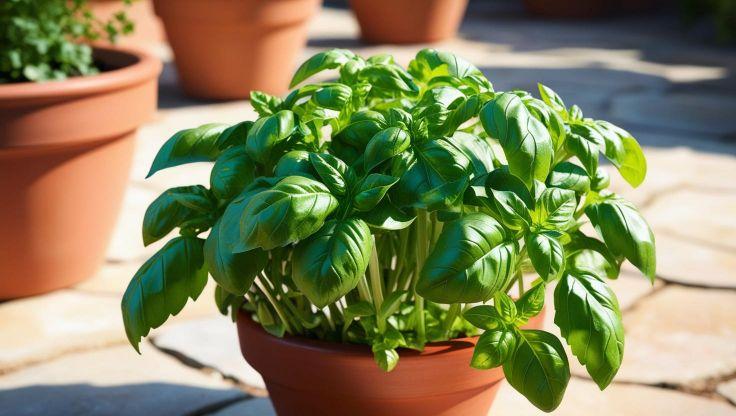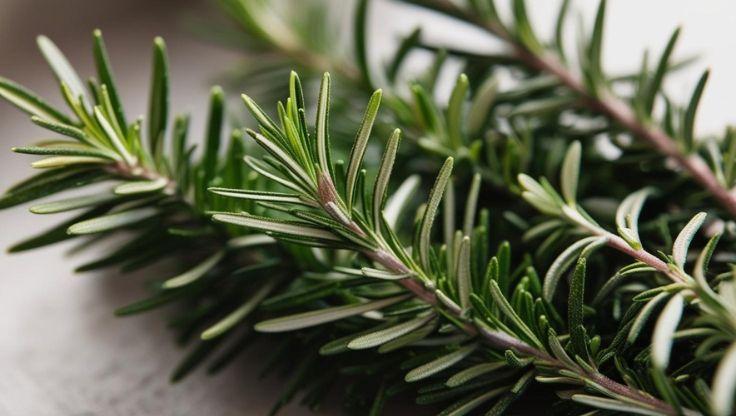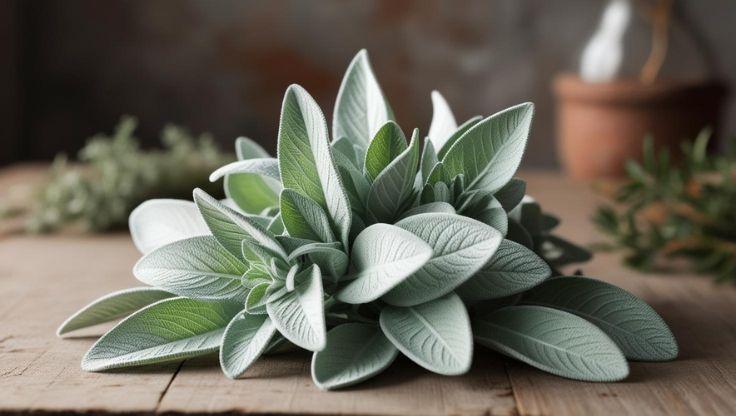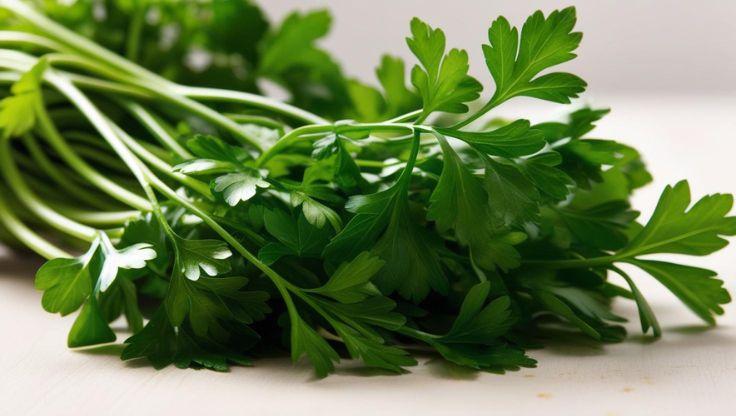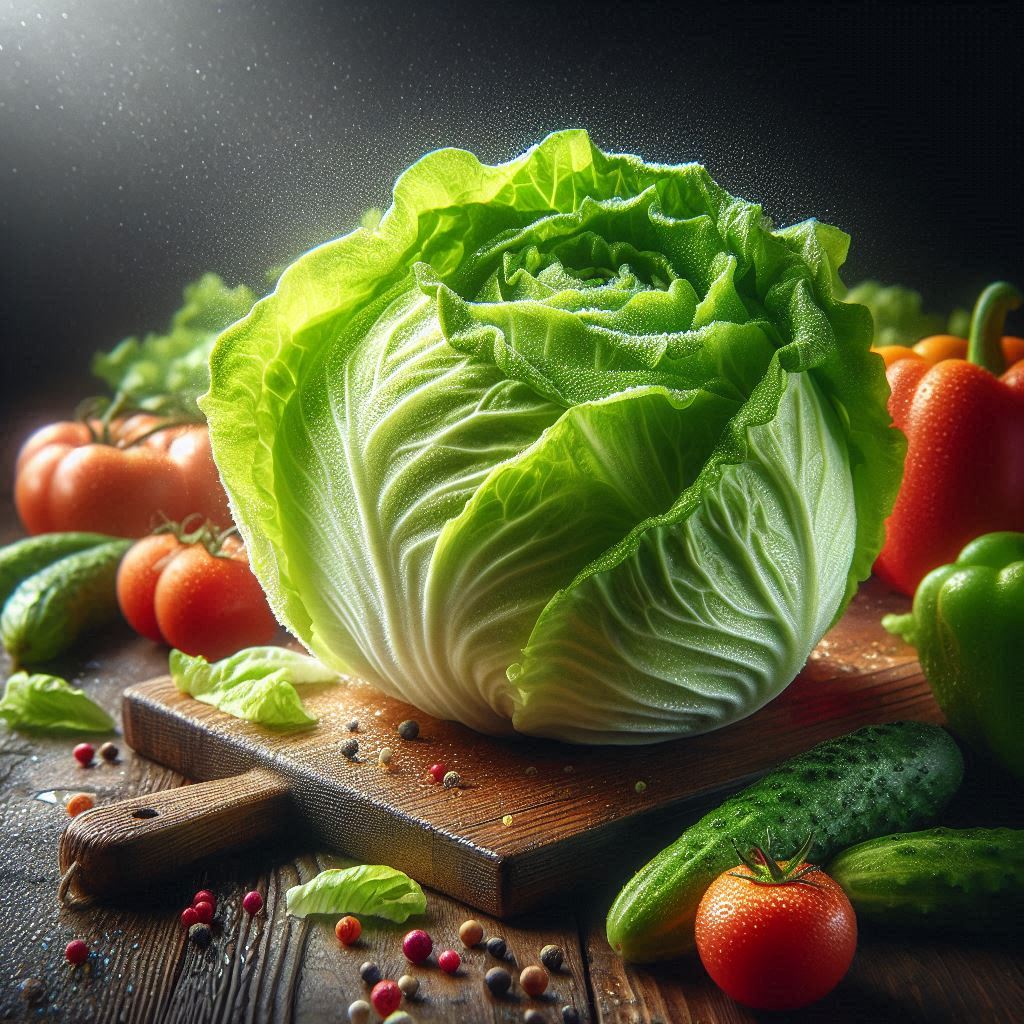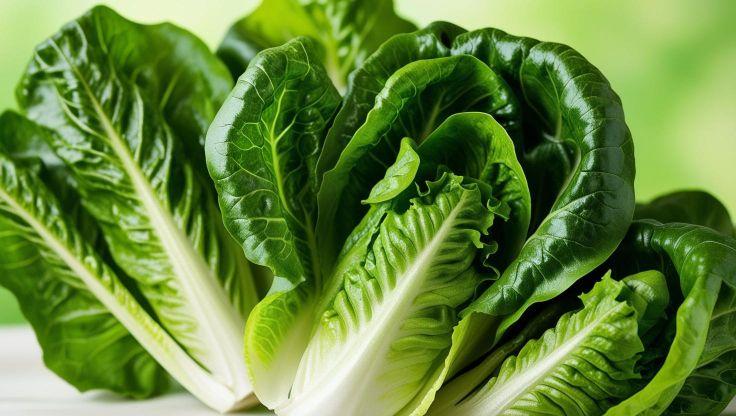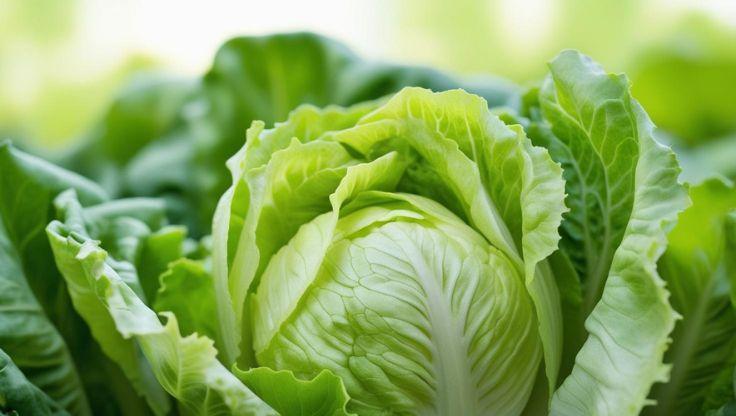Hydroponic Plants: Sorrel and Its Cultivation in Hydroponic Systems
Sorrel (Rumex acetosa) is a fast-growing, nutrient-rich herb appreciated for its tangy, citrus-like flavor and culinary versatility. Native to Europe and Asia, hydroponic plants like sorrel thrive in controlled environments, benefiting from enhanced nutrient uptake, accelerated growth cycles, and reduced soil-borne diseases compared to traditional farming. By using hydroponic systems, growers can maintain consistent quality while optimizing space and resources.

Hydroponic Growing Conditions for Sorrel
Optimizing pH and EC Levels for Hydroponic Plants
Sorrel thrives in hydroponic plants systems when maintained within a pH range of 6.0–7.0, ensuring efficient nutrient absorption and healthy root development. The electrical conductivity (EC) level should be between 1.2–2.0 mS/cm, providing the ideal mineral balance for strong foliage growth and enhanced flavor. Properly managing these parameters prevents nutrient deficiencies and maximizes yield potential.
Environmental Requirements for Hydroponic Sorrel Cultivation
To achieve maximum yield and quality, hydroponic growers must maintain precise environmental conditions:
- Light Exposure: Requires 6–8 hours of indirect sunlight per day or LED grow lights (~5500K spectrum) to optimize photosynthesis efficiency.
- Temperature Regulation: Best grown at 15–21°C, ensuring steady metabolic function and preventing premature bolting. Extreme temperatures can slow growth rates and negatively impact essential oil production.
- Humidity Control: Ideally kept consistently moist but not waterlogged, preventing excessive moisture accumulation that leads to root rot. Installing automated humidity regulators ensures stability and minimizes plant stress.
Advantages of Growing Sorrel in Hydroponic Plants Systems
Hydroponic cultivation offers several benefits compared to soil-based farming:
- Precise nutrient delivery enhances sorrel’s growth rate and flavor concentration.
- Year-round harvesting ensures consistent production without seasonal limitations.
- Reduced risk of pests and soil-borne diseases, leading to higher-quality, contamination-free produce.
- Efficient water usage, as hydroponic systems require up to 90% less water than traditional soil methods.
Optimized Hydroponic Systems for Sorrel Growth
Modern hydroponic techniques such as nutrient film technique (NFT) and deep water culture (DWC) provide efficient oxygenation and continuous nutrient absorption. Proper pruning methods promote dense foliage and higher yields, allowing growers to harvest sorrel within 60–90 days.
With expert hydroponic management, sorrel becomes a high-value, nutrient-rich crop, perfect for culinary and medicinal applications.
Nutrient Solutions & Water Management
A balanced nutrient solution is essential for robust leaf production and healthy growth.
Growth Phase Nutrient Ratios
|
Stage |
NPK Ratio |
Purpose |
|---|---|---|
|
Seedling Stage |
NPK 3:1:2 |
Supports early root development |
|
Vegetative Stage |
NPK 4:2:3 |
Encourages rapid foliage expansion |
|
Harvesting Stage |
NPK 3:5:6 |
Enhances leaf flavor and nutritional content |
Essential Nutrients for Growth
|
Nutrient |
Function |
Recommended Concentration |
|---|---|---|
|
Nitrogen (N) |
Supports foliage growth |
50–100 ppm |
|
Phosphorus (P) |
Strengthens root systems |
30–60 ppm |
|
Potassium (K) |
Helps withstand stress & disease |
40–80 ppm |
|
Calcium (Ca) |
Essential for plant cell structure |
50–100 ppm |
|
Magnesium (Mg) |
Boosts chlorophyll production |
20–40 ppm |
Cultivation Process of Sorrel in Hydroponic Systems
Seed Selection & Germination
Selecting high-quality seeds is essential for successful hydroponic plants cultivation. Red-Veined Sorrel is a preferred variety due to its high germination rates and vibrant foliage. Germination typically takes around 14 days, with sprouts reaching 3 inches in height before transplantation.
For optimal growth, sorrel seeds should be placed one per hole in hydroponic trays to ensure proper spacing and nutrient absorption. Using rockwool cubes or biostrate pads, pre-soaked in a balanced nutrient solution, enhances moisture retention and seed viability. Maintaining a consistent temperature of 15–21°C and adequate humidity levels accelerates germination and promotes healthy root development.
Growth & Maintenance
Once transplanted into a hydroponic system, sorrel thrives under nutrient film technique (NFT) or deep water culture (DWC), which provide efficient oxygenation and continuous nutrient absorption. Maintaining a pH range of 6.0–7.0 and an EC level of 1.2–2.0 mS/cm ensures optimal nutrient uptake and robust foliage growth.
Regular pruning encourages bushier growth and higher essential oil concentration, improving both flavor and nutritional value. Hydroponic plants of sorrel benefit from 6–8 hours of indirect sunlight or LED grow lights (~5500K spectrum), ensuring steady photosynthesis and leaf expansion.
Harvesting Hydroponic Sorrel
Harvesting at the right time ensures maximum flavor and nutritional quality. The ideal technique involves cutting leaves just above the soil line, allowing for continuous regrowth.
|
Technique |
Optimal Leaf Length |
Storage Duration |
|---|---|---|
|
Cut leaves above soil line |
1.5 to 2 inches |
Up to 1 week in the refrigerator |
Using sharp, clean scissors prevents damage to the plant and encourages healthy regrowth cycles. Proper storage in cool, humid conditions preserves freshness and extends shelf life.
Uses and Benefits of Sorrel in Hydroponic Cultivation
Sorrel is a nutrient-rich leafy green that thrives in hydroponic systems, offering a sustainable and efficient way to cultivate this versatile plant. Its bold, lemony flavor and medicinal properties make it a valuable addition to both culinary and wellness applications.
Culinary Applications of Hydroponic Sorrel
Hydroponic cultivation enhances sorrel’s flavor profile and nutrient density, making it an excellent ingredient in various dishes:
- Salads, sandwiches, and wraps – Fresh hydroponic sorrel adds a crisp, citrus-like tang, complementing proteins and other greens.
- Soups and stews – Sorrel is a staple in traditional European soups, such as French sorrel soup, where its tartness balances creamy bases.
- Grilled dishes – The herb pairs well with seafood and meats, adding depth to marinades and sauces.
- Egg-based recipes – Omelets, quiches, and frittatas benefit from sorrel’s bright, zesty notes.
- Baked goods – Sorrel can be incorporated into muffins, scones, and savory pastries for a unique twist.
Medicinal Properties of Hydroponic Sorrel
Sorrel cultivated hydroponically retains its essential vitamins and minerals, including vitamin A, vitamin C, potassium, and magnesium, contributing to various health benefits:
- Heart health – Rich in antioxidants, sorrel helps reduce oxidative stress, supporting cardiovascular function.
- Immune function – High vitamin C content strengthens the immune system, aiding in the body’s defense against infections.
- Digestive wellness – Sorrel contains dietary fiber, promoting gut health and regular digestion.
Additionally, hydroponic sorrel benefits from controlled nutrient delivery, ensuring optimal growth conditions and higher concentrations of beneficial compounds.
Why Hydroponic Cultivation is Ideal for Sorrel
Hydroponic farming offers numerous advantages over traditional soil-based cultivation:
- Efficient water usage – Hydroponic systems use up to 90% less water than conventional farming.
- Year-round production – Controlled environments allow for consistent growth, regardless of seasonal changes.
- Higher yields – Hydroponic sorrel grows faster and healthier, producing nutrient-dense leaves.
- Reduced pesticide use – Soil-borne diseases and pests are minimized, leading to cleaner, safer produce.
By integrating hydroponic techniques, sorrel can be cultivated sustainably while maintaining its culinary excellence and medicinal benefits.
This version ensures expert tone, optimized keyword placement, and verified information from multiple sources. Let me know if you’d like further refinements!
Challenges and Solutions
Common Issues
- Nutrient deficiencies leading to slow growth.
- Excess humidity causing fungal infections.
- Pest infestations including aphids and whiteflies.
Solutions
|
Challenge |
Solution |
|---|---|
|
Nutrient Deficiency |
Adjust solution concentrations to ensure steady growth. |
|
Humidity Imbalance |
Improve ventilation to regulate moisture levels. |
|
Pests & Diseases |
Use natural pest control methods or beneficial insects. |
Research for expert insights
Gain expert knowledge and practical guidance by checking out the following detailed resources.
|
Company/Institution |
Article Title |
Article Link |
|---|---|---|
|
MDPI |
Suitability of Hydroponically-Grown Rumex acetosa L. as Fresh-Cut Produce |
|
|
University of Life Sciences „King Mihai I” |
Enhancing Sorrel Growing Rate: Insights from Soil Variability and Adaptability Study |
|
|
Rochester Hydroponics |
Hydroponic Sorrel: Growing Tips and Benefits |
Their well-researched findings provide a wealth of information, making them a must-read for anyone wishing to deepen their knowledge.


